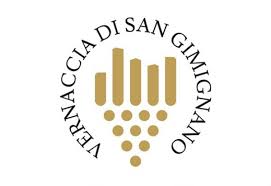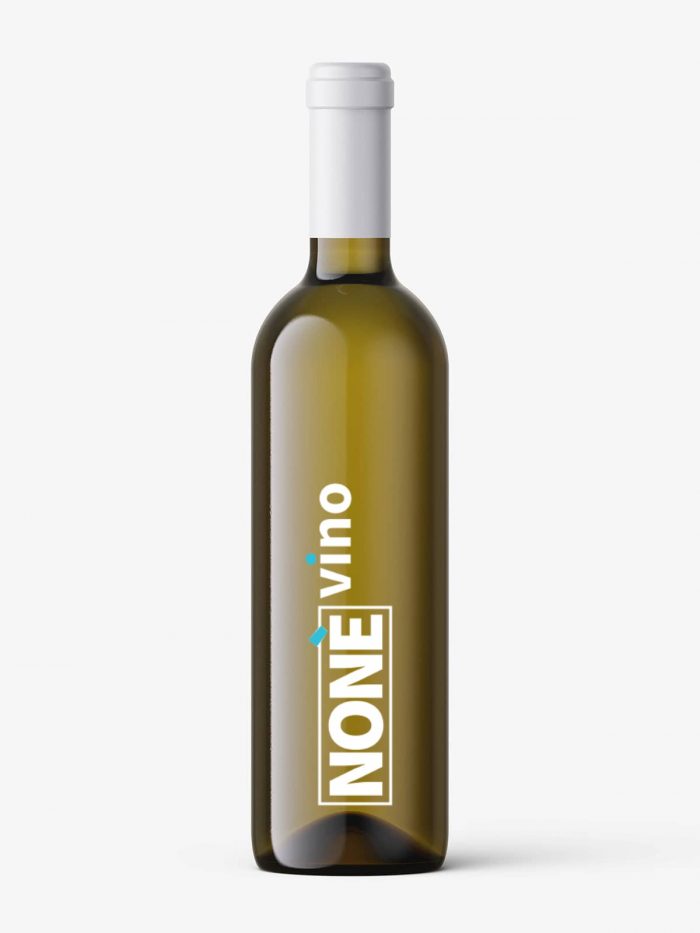Vernaccia di San Gimignano DOCG Appellation
Protected Designation of Origin (PDO)


The presence of viticulture in the San Gimignano area dates back to the Etruscan era, of which there are numerous archaeological evidences. For centuries the production and sale of wine represented the main agricultural and economic activity.
As far as Vernaccia di San Gimignano is concerned, there are historical documents of its production and marketing already in the Ordinazioni delle Gabelle of the Municipality dating back to 1276.
The Vernaccia grape was introduced in the territory of San Gimignano during the 12th century; in this regard the findings of a study conducted by Sergè are very interesting- genomics, a spin-off company of the University of Siena, commissioned by the Consortium of the San Gimignano Denomination to define the genome of Vernaccia di San Gimignano, which highlighted a substantial genetic uniformity of the vines that are productive today, attributable to the fact that all have a common root, without infiltration over the centuries of other vines from other regions: “The data obtained made it possible to clearly identify the genotypic profile of Vernaccia grown in the municipality of San Gimignano, confirming that this coincides with the grape variety preserved in the collections reference officers (CRA- vit Conegliano Veneto) …… ”
Over the centuries, human work has shaped the countryside, codified the various forms of farming, planting layouts, updated the winemaking techniques, introduced the use of other white grape varieties, complementary to Vernaccia di San Gimignano, up to the present reality described by the current production disciplinary, the result of tradition and innovation that aims to obtain wines of ever higher quality.
The specification provides for ample freedom in the use of traditional Tuscan farming forms, excludes all expanded farming forms because they are incompatible in a hilly environment with a sub-Mediterranean climate.
The practices relating to the elaboration of wines are thosetraditionally consolidated in the area for the white vinification of still wines, adequately differentiated by type; Vernaccia di San Gimignano is in fact one of the very few Italian white wines produced also in the reserve type: the latter more structured and whose elaboration involves a period of aging.
The DOCG Vernaccia di San Gimignano wine obtained the recognition of the Controlled Designation of Origin on March 3, 1966, then DOCG on July 9, 1993.
Territory
The geographical area dedicated to the production of the Vernaccia di San Gimignano DOCG wine extends over the Sienese hills, in an area that is adequately ventilated, bright and favorable to the fulfillment of all the vegetative-productive functions of the vineyards.
The Production Area of the Vernaccia di San Gimignano DOCG Wine is located in: the province of Siena and includes the territory of the municipality of San Gimignano.
Vinification and Aging
During the vinification phases, only loyal and constant oenological practices of the area are allowed, suitable to give the wines their particular quality characteristics.
The oenological practices of vinification of the DOCG Vernaccia di San Gimignano wine include, among other things, that:
– The maximum yield of grapes into DOCG Vernaccia di San Gimignano wine must not exceed 70%; if these parameters are exceeded within the limit of 5%, the excess will not be entitled to the DOC. Beyond these limits the right to DOC for the whole product lapses.
– The Vernaccia di San Gimignano DOCG wine with the mention Riserva must undergo an aging period of at least 11 months, of which at least 3 in the bottle.
In the designation of the Vernaccia di San Gimignano DOCG wines, the term ” Vigna ” may be mentioned as long as it is followed by the relative toponym and certain winemaking practices are respected.
– On the labels of each type of Vernaccia di San Gimignano DOCG wine it is mandatory to report the year of production of the grapes.


